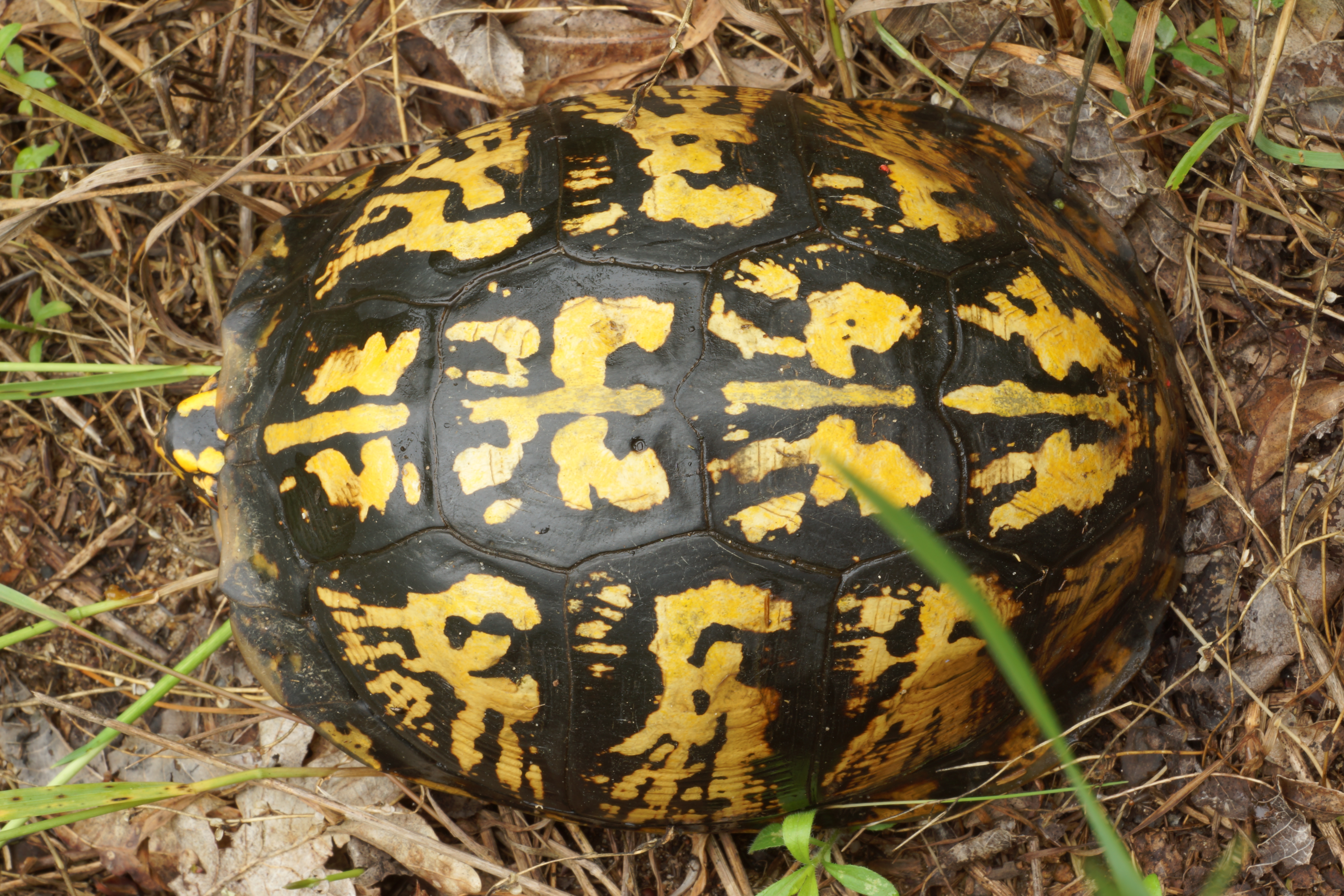

Currently unavailable "American Beauty" Fast growing dry land northern seed strain
One of the rarest evergreens and difficult to get seeds, I was fortunate to make a small planting of several trees grown from seed from a well known midwestern arboretum. The seedlings grew vigorously in my non wetland soil. Over a twenty five year period the trees have set a good crop of cones. They are very slow to pick and then winnow out the seeds even with the seed screens and processors I have. You may find some needle fragments within the seeds. These will not interfere with germination.
Normally a wetland tree this species of Chamaecyparis grows along the east coast and is know for its fine water and insect repellent wood. This species was used for outside decking, boat building and other uses similar to bald cypress. We have found it adaptable and easy to grow even in sandy dry soil. One of our customers was telling me his trees grew to 10 ft. in 3 years. His planting was done in a wet sandy area with a high water table.
Height to 80 ft. with a large 3-4 ft. trunk. Easily hardy in zone 5 .No winter damage has been observed on the trees in southwestern Michigan. At minus 27F in the winter of 2018-19 and there was no winter burn. At this point few white tail deer consume the foliage or if there is some browsing it is extremely light most years.
"American Beauty" is a seed strain that represents the most northern portion of its range as well as selected for speed of growth. The seedlings with the most growth after 2 years were planted out initially over 25 years ago. These appeared to be faster growing but further selection should be done to find even more faster growing seed strains. Every year I add a few more hoping to find those few plants that grew like my customer with the wetland in his backyard. In my case, I do not have a wetland, but I think it is possible to find more vigorous clones and seed strains of this unique 'sequoia of the east'. That alone makes it a worthwhile endeavor. Maybe at some point we can put wolmanized wood out of its misery.
To germinate the seeds: plant outside in fall lightly raking the seeds in the soil They are tiny so careful not to plant too deep. Only a few or none come up the following spring. However, the next spring season almost all of them come up. Another method is to put the seeds in a moisture laden bag of sand, and peat and store near 33 F for 120 days and then plant. Seeds will stay fairly dormant at this temperature and a good portion will come up with this method once they are layered into a flat lightly covering them with sand. Easy to start from seed once the dormancy is complete. Does not damp off easily so you usually get a high tree percentage. One of our customers created an outdoor seed bed totally enclosed by hardware cloth top to bottom to prevent mice.
| Plant Specs |
| Genus & Species |
Chamaecyparis thyoides |
| Seed Source |
New Jersey, Michigan |
| Hardiness |
minus 25 F at our farm not a problem |
| Height (ft) |
60 ft. or more |
| Width (ft) |
20-60 |
| Pollination Requirements |
If you are going to plant them for eventual seed production I would plant ten to insure cross good pollination. |
| Soil |
Wet is good. Dry is OK but slower growth is to be expected. Rich organic soil-slightly or highly acidic works. |
| Climate |
Zone 4ish-9. Probably not a western species but has never been tested as far as we know. |
| Ease of Cultivation |
Easy to grow as any pine. Germinating the seeds is a little slow so don't give up. Slow but steady wins the race with this species. When the freeze on the soil during the winter, there is some benefit from this and the seeds germinate nicely in the spring. If they dry out in this process, it is not likely to work well. Could easily be used in restoration ecology however that is defined but also outside of its range in climates and soils it is not normally found. Should be given the name sequoia of the east due to its past size and range. |

